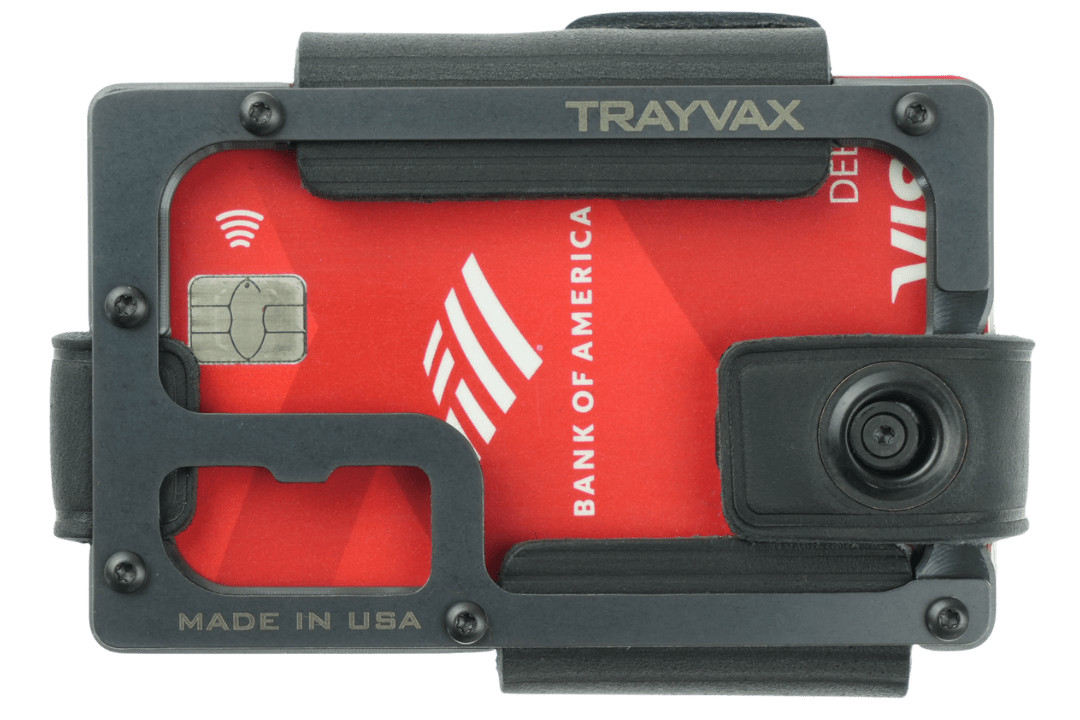Not all pant sizes were created equal. There’s a little known phenomena in the clothing world referred to as vanity sizing. Typically, when a guy buys a pair of jeans the sizing is marked with two numbers, a waist and an inseam. You would assume that if you’re buying a pair of pants with a 32” waist, that your waist is 32” as well. Unfortunately, that’s just not the case.
Clothing manufacturers are actually trying to flatter us! They’re trying to make us feel better by selling us 32” pants when our waist size is probably closer to 38”. Since the United States does not have standardized clothing sizes, manufacturers can label their clothing how they choose.
Not only is there variation among sizes, but there’s also variation among manufacturers. A study by Esquire magazine found that different brands of jeans can vary by as much as 5”. For instance, a pair of Old Navy jeans labeled as 36” had a five-inch variation from a pair of H&M jeans. The worst part, neither pair of jeans actually measured 36”. They were only marked that way to make you feel skinny.

Due to this variation, when we first launched our Cinch web belt, we decided to list the actual length of the belt (i.e., 40”, 50”, etc.). Unfortunately, some people were getting confused, assuming that a 40” belt should coincide with 40” pants. People wanted to be able to select their belt size based on their pant size. This left us with a major dilemma since pant sizes are all across the board when compared to different clothing brands.
Despite the variations among manufacturers and the fact that jean size does not reflect waist size, we did find an easy way to come fairly close to your actual waist size. We recommend adding 8-10 inches to your typical jean size. By adding eight to ten inches, you’ll come pretty close. But by no means is it exact. Remember, sizing varies by manufacturer and someone wearing a pair of 36” Old Navy jeans is going to have a 5” variation from someone wearing a pair of H&M jeans.
| Size | Pant size | Length (inches) |
| SMALL | 30-34 | 42 |
| MEDIUM | 34-38 | 46 |
| LARGE | 38-42 | 50 |
| X-LARGE | 42-46 | 54 |
We’ve allowed for extra room, so the worst that will happen is you end up with a few extra inches of tail. If you want a more precise measurement, however, you’re going to have to actually measure your waist. We recommend the following techniques:
How to Size Your Belt and Measure Your Waist
- Wrap a cloth measuring tape around your waist.
- Don’t suck in!
- Double-check to make sure.
How to Size and Measure Without a Measuring Tape:
- Find a piece of yarn, string or a cable.
- Wrap the yarn, string or cable around your waist and mark or hold the spot where it ends.
- Use a dollar bill (or any bill) to measure the length. A dollar bill is 6 inches long, so you can use it to determine the length of your yarn, string or cable. You can fold it in half for a 3” ruler or fold it in half again for a 1.5” ruler to get more precise measurements.
It's also important to keep in mind the length of tail that you're comfortable with. 2-4 inches is common for most web belts. We don't recommend anything under two inches.
If you have questions or need help never hesitate to contact us at support@trayvax.com.



























































17 comments
mike sacca
what is the width of the belt strap?
Natashia Magyar
I bought a cinch web belt 2 years ago as a gift. He has wore this belt almost every day. Still looks brand new and he loves it! Thank you so much for your quality products.
Rufus
I love my belt and my wallet
Robert C Love
What is the width of the cinch web belt?
Brian Zig
Hi CJ,
We used to have a more rigid webbing, but unfortunately a lot of customers had complained about it. We switched over from the super stiff webbing to a more form like fitted one, that is flexible. I hope you enjoy it as much as our customers do!
Brian Zig
Leave a comment
All comments are moderated before being published.
This site is protected by hCaptcha and the hCaptcha Privacy Policy and Terms of Service apply.